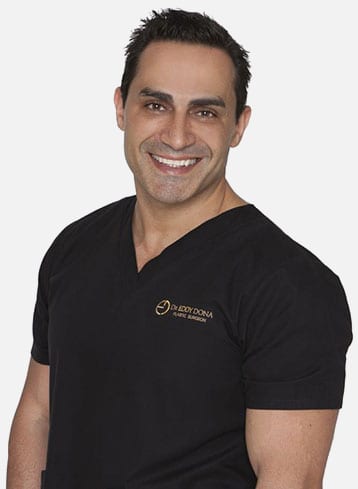BREAST IMPLANT ILLNESS
Tue 29th Oct 2019
Breast Implant Illness (BII) is a very interesting and controversial topic.
Many people believe it is a real condition, whilst many others say it doesn’t exist.
What is BII?
Quite simply, as its name implies, it is an illness that many women with implants experience. However it is not an easy to define illness. It is characterised by numerous conditions and complaints. Some of the commoner complaints include: fatigue/low energy, cognitive dysfunction (brain fog, memory loss), headaches, joint and muscle pain, hair loss, recurring infections, skin rashes, swollen lymph nodes and glands, IBS, problems with thyroid and adrenals, autoimmune conditions etc.
How is BII Diagnosed?
No scientific tests exist to confirm an individual is suffering from BII.
In simplistic terms, it is largely a diagnosis of exclusion. In other words, all tests are undertaken to try and find a diagnosis or cause for the conditions experienced, none is found, and because the patient has implants then that is considered to be the cause of the complaints or problems that have developed.
Thousands of women worldwide believe they are suffering with BII.
Many women are having implants removed in an attempt to cure it, and many of those are feeling much better after the implants are removed.
Why do Implants “Cause” BII?
Implants are a foreign object, and what I tell all my patients is that the body forms a scar tissue capsule around every foreign material – this is a normal process.
Believers in BII claim that one of the reasons implants cause BII is due to the body’s ongoing response to try and rid the body of this foreign object (which many also claim to be “toxic”), that physiological immune response causes all the ailments associated with BII.
Do Other Surgical Patients Suffer Similar Problems?
However, silicone is a highly inert substance and used in many medical devices. Whether it’s a silicone or saline implant, the shell is always the same silicone product.
And an argument against BII is that in medicine countless devices are permanently implanted in the body that would illicit an immune response, and logically a much greater immune response. For example, various types of meshes used for hernias, stents and grafts used in vascular surgery and neurosurgery, metallic plates and screws used in orthopaedic surgery, joint replacements which contain all manner of metals, plastics, glues and bone cements. All these products are far more “toxic” and immune-reactive than simple silicone.
However, to the best of my knowledge no other groups of patients experience anything similar to BII patients.
Where is the Evidence?
Many things are done in medicine and surgery without any level 1 evidence to support it as being correct. Without getting too technical, Level 1 evidence is considered the highest form of scientific evidence to prove that something works or doesn’t work.
Many things are done in surgery based purely on anecdotal evidence and personal experience, and that’s why you can go to a conference and 10 different surgeons will get on stage and explain 10 different ways they do the same operation! Furthermore, each of them will believe the way they do it is the best.
So given that many things are done in medicine without any level 1 scientific evidence to prove it’s correct, or the best way of doing it, then it goes without saying that we shouldn’t dismiss anything just because we don’t have any scientific evidence to support it.
In the end, who am I, or who is any surgeon, to deny that what another person is experiencing is not real to them?
Do People Without Implants Experience Similar Problems?
As initially stated, the symptoms of BII are very non-specific.
If you had a group of 1000 women with implants and documented how many of them had symptoms found in BII, then studied another 1000 women of similar demographics without implants, then you’d probably find a similar number of women in this group with BII symptoms. So this is another major issue in establishing the condition that is labelled BII.
Why Is BII Such a Difficult Problem for Many to Accept?
- No test exists to confirm a person has BII
- Multiple medical devices are implanted in the bodies without any other apparent problem or condition similar to BII
- The complaints experienced are common amongst women with and without implants
Many Plastic Surgical societies around the world will acknowledge BII women, but simply just can’t confirm they have the condition whilst at the same time also acknowledging that more research is needed.
One day I might be saying that we now have scientific evidence to support it is a real thing, but for now, I can’t say that, nor can anyone in the medical community.
What is the Treatment For Women Who Believe They Have BII?
If a person firmly believes they have BII, then the only treatment option is to remove the implant and implant capsule (we have another article coming up to discuss implant removal with total capsulectomy, including en bloc capsulectomy). However, this is performed with the very clear understanding that the problems they are experiencing may not go away. But at the very least not having implants is one less thing for them to think about and worry about, and if the problems do go away, then that’s perfect.
I hope that sheds some light on the difficult topic of BII.
